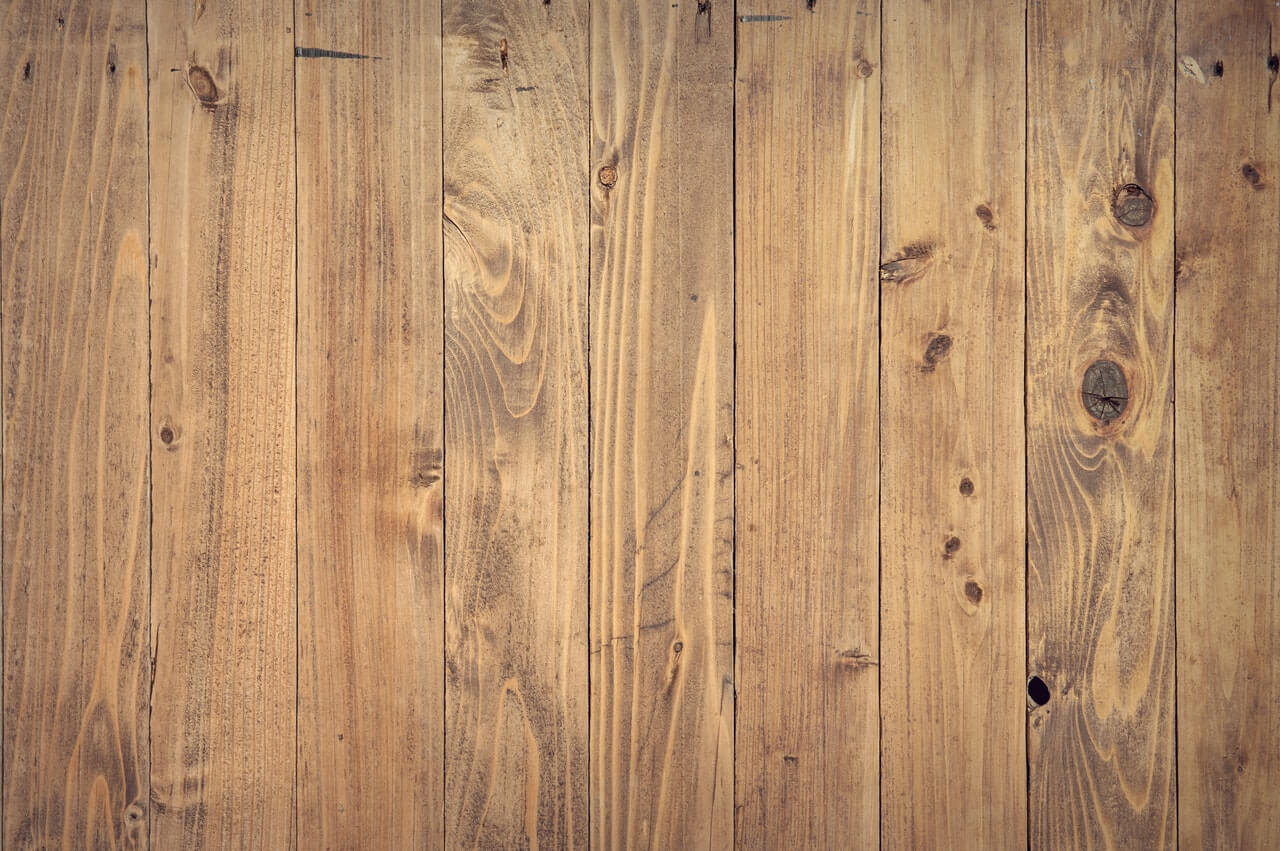Hardwood floors can be absolutely beautiful. There’s a reason why they have a tendency to drive up home values. Still, they aren’t without their challenges. One of the challenges of having hardwood floors is that they don’t tend to hold up to water very well. Do you know what water damage looks like?
Staining and Discoloration
Water on its own is clear, yet its effect on hardwood floors is anything but transparent. Water has a way of causing wood to discolor, and can even result in staining. Part of this is due to mold growth, which can take hold with surprising quickness, depending on the quantity of water and how long it’s allowed to sit. Black or dark stains, especially those that run along the edge of the boards, is a sure sign that your hardwood floor has mold growth.
Buckling and Warping
When wood gets wet, it has a tendency to expand. This can lead to what was previously a smooth floor becoming warped and uneven. As the planks swell, they may buckle due to their expansion in a confined space. You may notice the edges of the planks turning upwards as well. The buckling and warping of the wood is often one of the first signs of water damage a hardwood floor will exhibit.
Lifting
If you notice the floorboards or nails lifting, there’s a good chance that the cause of it is water damage. This can happen even if you don’t have any water spill on the floor. Even something like having too much humidity in your home can be enough to cause water damage to a hardwood floor. Again, this is often due to the expansion that happens when wood absorbs moisture from the air and walls. If water damage isn’t addressed in a timely manner, the boards will soften, a sure sign that they’ve rotted. If that happens, you’ll almost certainly have to replace the whole floor.
Knowing what the signs of water damage look like on a hardwood floor can help you get on top of the damage faster. That is crucial if you want to avoid having to replace the entire floor. Aside from that, try to avoid having hardwood floors in places that are prone to wetness. That way you’ll reduce your risk of dealing with a water-damaged hardwood floor in the first place.
Need to replace your floor? Check out our high quality flooring products here.

